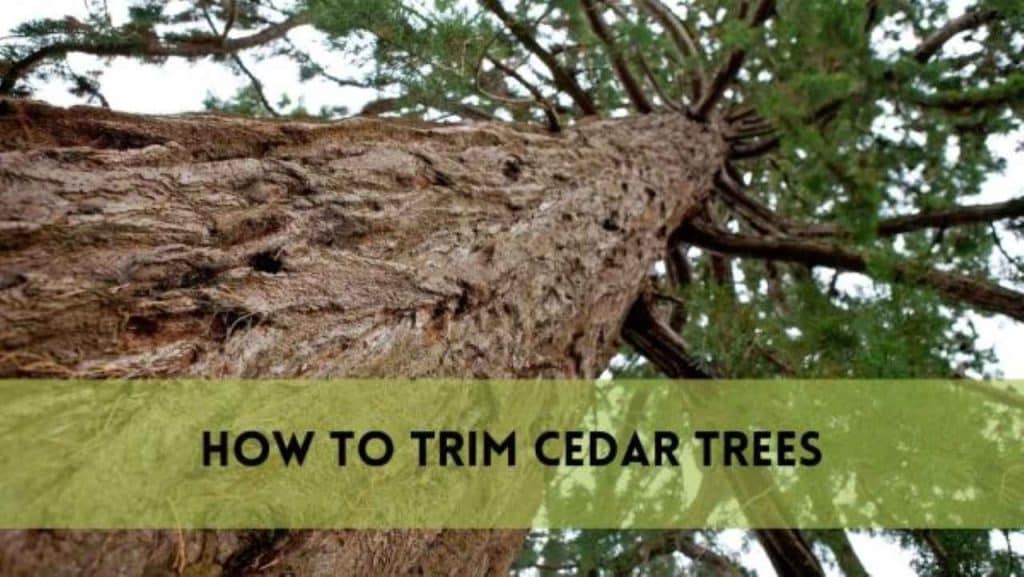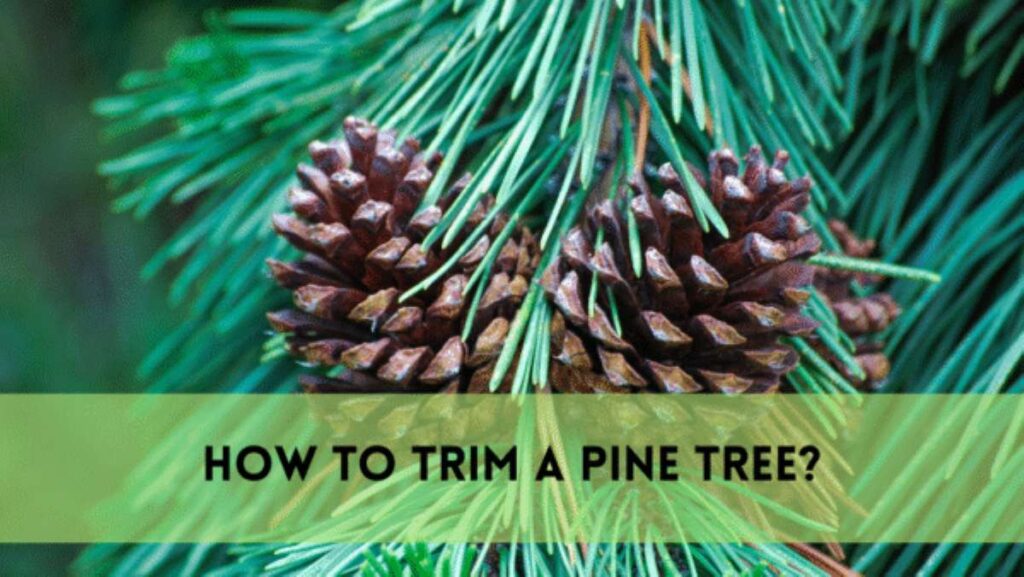Your cedar trees are getting a little lively, are they? The next step is to get out the shears and trim them. Cedar trees need to be trimmed on a regular basis to maintain their health and appearance. Furthermore, it may aid in the prevention of potential hazards, such as branches hanging over your property and brushing against it. This article will give you step-by-step instructions on how to trim cedar trees.
Should Cedar Trees be Trimmed?
First and foremost, before we get into the mechanics of how to accomplish it, consider the importance of trimming cedar trees. First and foremost, trimming promotes healthy development.
By removing ill or dead branches, you allow the tree to focus its energy on the growth of new ones. This might result in a more full-bodied and vibrant tree.
An Evaluation of the Cedar Tree
The evaluation of the tree itself is the first stage in the process of cutting cedar trees. Conduct a thorough examination of its general structure and locate any places that may be problematic.
Is there any situation in which the branches are rubbing against one other or crossing each other? Are there any branches that would need to be removed because they are unhealthy or dead? Before you begin pruning, you should first make a mental note of the things that need to be handled.
Selecting the Appropriate Machines
It is quite necessary to have the appropriate equipment for the task at hand when it comes to pruning cedar trees. For the smaller branches, you will need a pair of sharp pruning shears, and for the bigger branches, you will want a pruning saw.
If you want to make clean cuts and avoid causing any harm to the tree, you should make sure that your equipment is clean and sharp.
The Importance of Cedar Tree Trimming Timing
When it comes to pruning cedar trees, timing matters more than anything else. Cedar trees are best pruned during the dormant season, which normally occurs in the late winter or early spring.
This is the perfect time to give them a trim. During this period, the tree is not actively developing, which in turn reduces the amount of stress it is under and the likelihood that it may get a disease.
Steps: How to Trim Cedar Trees
It is time to get down to business now that you have thoroughly evaluated the tree, collected all of your gear, and determined the most appropriate time to begin. By utilizing your pruning shears or saw, you should begin by eliminating any branches that are sick or dying.
It is essential to ensure that the cut is made at a little angle slightly above the branch collar, which is the point at which the branch contacts the trunk.
Taking Form in the Cedar Tree
When you have finished removing any branches that are unhealthy or dead, it is time to begin shaping the tree. To begin, take a step back and examine the tree from a distance to get a better sense of its general form.
Are there any branches that are protruding from the tree or that give the impression that it is not balanced? You should gently clip these branches with your pruning shears, making sure to always cut just above a bud in order to stimulate new development for the plant.
Try Not to Give Cedar Tree a severe haircut.
Despite the fact that it could be tempting to give your cedar tree a severe haircut, it is essential to avoid going overboard with the process. Removing an excessive number of branches all at once will cause the tree to become stressed and stunt its development.
It is recommended that you attempt to remove no more than twenty-five per cent of the tree’s limbs during a single session of pruning.
Fixing the mess of Cedar
The moment has come to clean up the mess that you have created after you have done cutting your cedar tree. You should collect any branches or debris and properly dispose of them.
Either you may compost them or you can take them to a facility that deals with green garbage in your area. Not only does cleaning up after cutting make your garden seem more organized, but it also helps prevent the spread of illness on your property.
The Care and Upkeep of Your Cedar Tree
When it comes to maintaining the health of your tree and ensuring that it looks its best, trimming cedar trees is not a one-time task; rather, it is something that has to be done on a regular basis.
It is important to make it a practice to check your cedar tree at least once a year and to treat any problems that may occur inside the tree. Your cedar tree will continue to flourish for many years to come if you provide it with the appropriate care and upkeep.
Conclusion
Trimming cedar trees does not have to be difficult. If you have the right equipment, timing, and talent, you can keep your cedar tree healthy and looking good all year. It is critical to examine the tree, select the proper equipment, and prune it with care. Your activities will benefit your cedar tree by resulting in lush, green growth and increased curb appeal.
FAQs
The greatest time to trim cedar trees is when they are full.
The optimal time to prune cedar trees is during the dormant season, which normally spans from the end of winter to the beginning of spring.
What percentage of the cedar tree should I cut down all at once?
In order to prevent the tree from being stressed, it is advised that no more than twenty-five per cent of the branches of the cedar tree be trimmed in a single session.
I have a cedar tree; how often should I prune it?
If you want to keep your cedar tree in good condition and retain its attractiveness, it is recommended that you check it at least once a year and prune it as required.
Are the branches and debris that result after cutting able to be composted?
You can compost the branches and debris that you get from cutting cedar trees, or you can take them to a local facility that deals with green trash to dispose of them.





